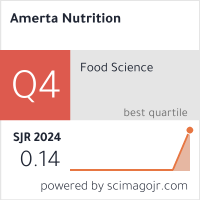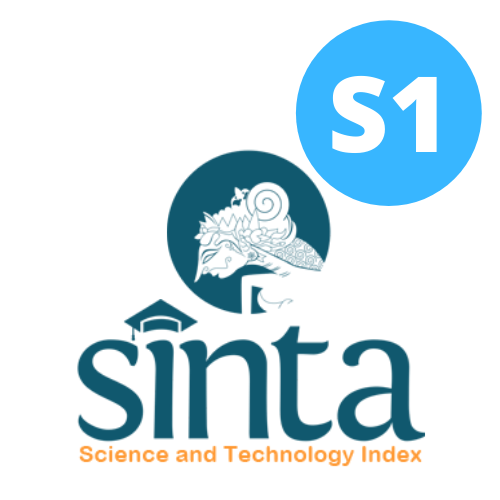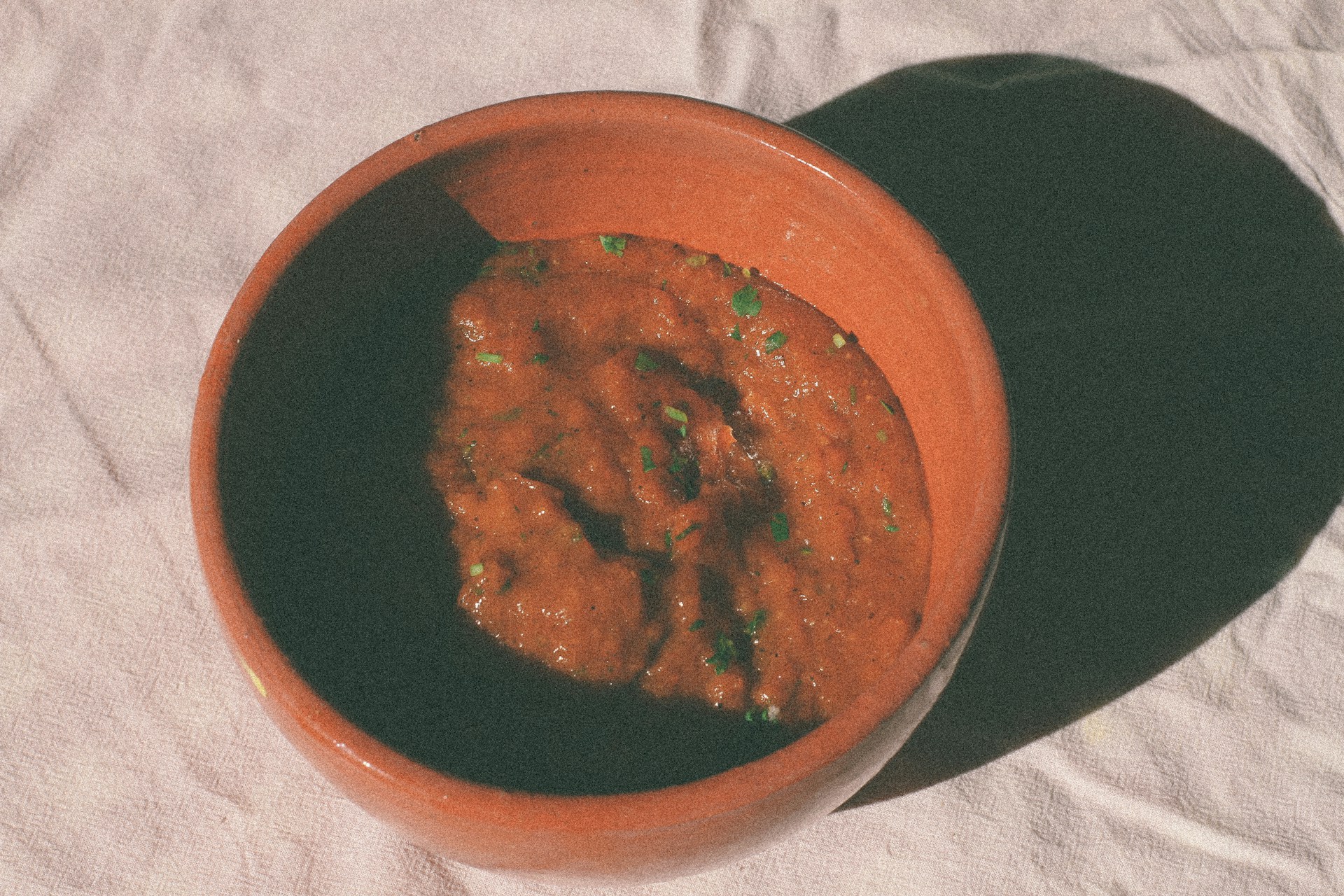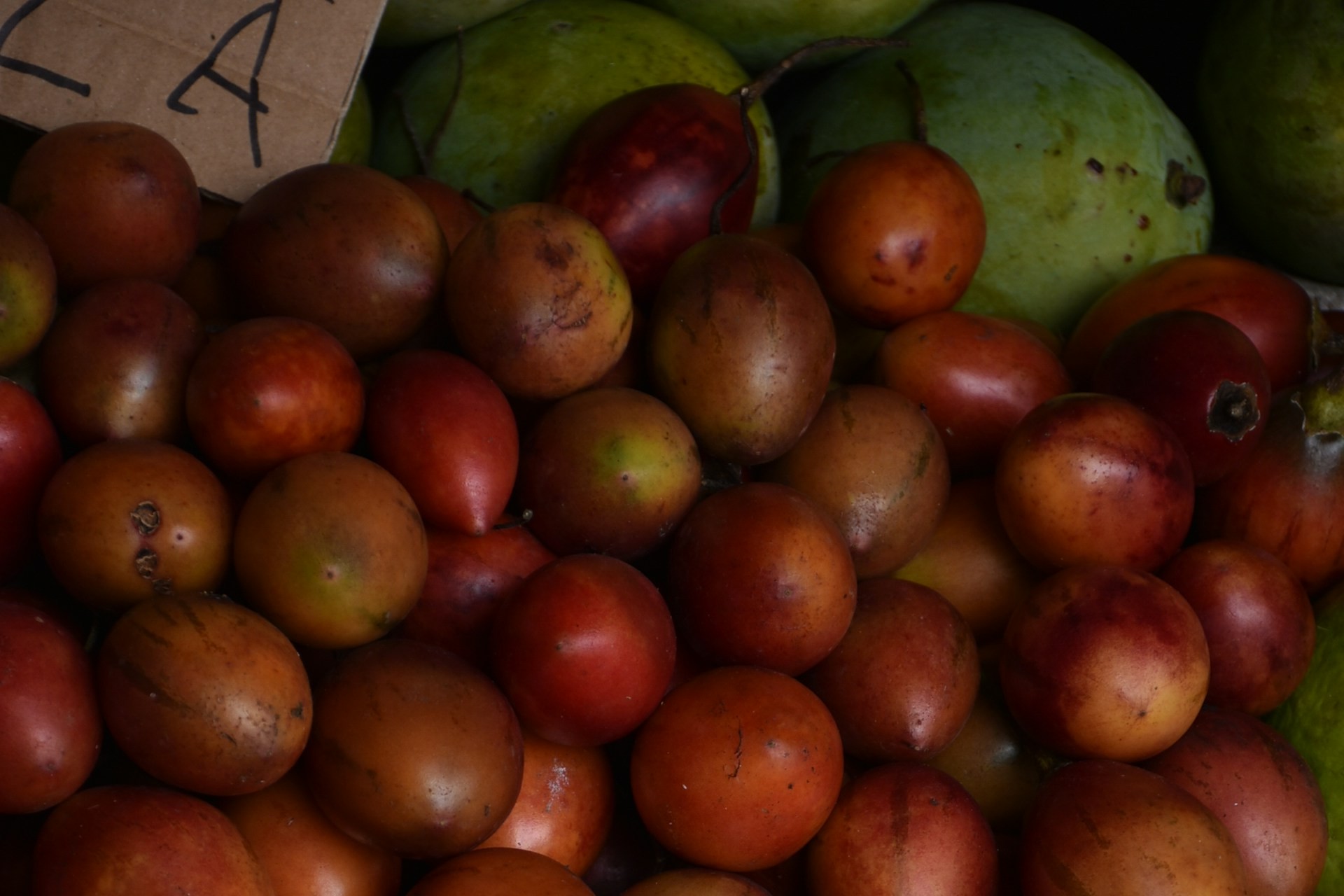Isolate Soy Protein with Dietary Fiber Formula in Children with Cow’s Milk Protein Allergy: Case Report
Formula Isolat Protein Kedelai dan Serat Pangan untuk Anak dengan Alergi Protein Susu Sapi: Laporan Kasus
Background: Cow's milk protein allergy (CMPA) represents the most frequently encountered food allergy in pediatric populations younger than three years. Clinical presentations vary widely, including gastrointestinal (GI), respiratory, and cutaneous manifestations.
Objectives: The purpose of this case report is to determine the effectiveness of an isolated soy protein formula, enriched with dietary fibre, as a dietary alternative for a child afflicted with cow's milk protein allergy (CMPA).
Methods: This study presents a case report concerning a 2-week-old infant who presented with gastrointestinal (GI) symptoms, specifically watery loose stools and vomiting. Given the family and socioeconomic circumstances, neither breast milk nor an amino acid or extensively hydrolyzed formula could be provided. Consequently, the infant received an isolated soy protein formula fortified with dietary fiber. This report further includes a review of the current literature on the utilization of dietary fiber in pediatric populations.
Results: The use of isolate soy protein with dietary fibre formula may offer a well-tolerated and nutritionally adequate alternative for children with CMPA, providing paediatricians, nutritionists, and the broader healthcare community with an additional dietary option.
Conclusions: The use of soy isolate protein formula with additional fibre suggests a beneficial effect to improve gut microbiota diversity and may improve stool consistency for both constipation and diarrhoea. However, further large-scale studies are needed to confirm its long-term effect, efficacy, and impact on growth and gut health.
Mousan, G. & Kamat, D. Cow’s Milk Protein Allergy. Clin. Pediatr. (Phila.) 55, 1054–1063 (2016). https://doi.org/10.1177/0009922816664512.
Flom, J. D. & Sicherer, S. H. Epidemiology of Cow’s Milk Allergy. Nutrients 11, 1051 (2019). https://doi.org/10.3390/nu11051051.
IDAI. Diagnosis Dan Tata Laksana Alergi Susu Sapi. (Badan Penerbit Ikatan Dokter Anak Indonesia, 2014). Available at: https://www.idai.or.id/professional-resources/pedoman-konsensus/rekomendasi-diagnosis-dan-tatalaksana-alergi-susu-sapi.
Rossen, L. M., Simon, A. E. & Herrick, K. A. Types of Infant Formulas Consumed in the United States. Clin. Pediatr. (Phila.) 55, 278–285 (2016). https://doi.org/10.1177/0009922815591880.
Basrowi, R. W., Wasito, E. & Sundjaya, T. Perspective of Soy Formula and Fiber intake among Non-Cow’s Milk Drinker Pediatric Patients; A Survey among Indonesian Health Care Practitioners. World Nutr. J. 4, 5–11 (2020). https://doi.org/10.25220/WNJ.V04.S1.0002.
Agostoni, C. et al. Soy Protein Infant Formulae and Follow-On Formulae: A Commentary by the ESPGHAN Committee on Nutrition. J. Pediatr. Gastroenterol. Nutr. 42, 352–361 (2006). https://doi.org/10.1097/01.mpg.0000189358.38427.cd.
Tonon KM, de Morais MB, Abrão FV, Miranda AC, Morais TB. Maternal and infant factors associated with human milk oligosaccharides concentrations according to secretor and Lewis phenotypes. Nutrients 11(6), 1358 (2019). https://doi.org/10.3390/nu11061358.
Vandenplas, Y. et al. The role of soy plant-based formula supplemented with dietary fiber to support children’s growth and development: An expert opinion. Nutrition 90, 111278 (2021). https://doi.org/10.1016/j.nut.2021.111278.
Stewart, C. P., Iannotti, L., Dewey, K. G., Michaelsen, K. F. & Onyango, A. W. Contextualising complementary feeding in a broader framework for stunting prevention: Complementary feeding in stunting prevention. Matern. Child. Nutr. 9, 27–45 (2013). https://doi.org/10.1111/mcn.12088.
Finn, K., Jacquier, E., Kineman, B., Storm, H. & Carvalho, R. Nutrient intakes and sources of fiber among children with low and high dietary fiber intake: the 2016 feeding infants and toddlers study (FITS), a cross-sectional survey. BMC Pediatr. 19, 446 (2019). https://doi.org/10.1186/s12887-019-1822-y.
Zahrah Hikmah, Ray Wagiu Basrowi, Tonny Sundjaya, & Dessy Pratiwi. The Role of Soy Isolate Protein Formula for Children With Lactose Intolerance: Evidence-Based Case Report. Gen. Med. Med. 26, 55–62 (2024).
Andres, A. et al. Developmental Status of 1-Year-Old Infants Fed Breast Milk, Cow’s Milk Formula, or Soy Formula. Pediatrics 129, 1134–1140 (2012). https://doi.org/10.1542/peds.2011-3121.
Hughes, G. J., Ryan, D. J., Mukherjea, R. & Schasteen, C. S. Protein Digestibility-Corrected Amino Acid Scores (PDCAAS) for Soy Protein Isolates and Concentrate: Criteria for Evaluation. J. Agric. Food Chem. 59, 12707–12712 (2011). https://doi.org/10.1021/jf203220v.
Messina, M. Soy and Health Update: Evaluation of the Clinical and Epidemiologic Literature. Nutrients 8, 754 (2016). https://doi.org/10.3390/nu8120754.
Loening-Baucke, V., Miele, E. & Staiano, A. Fiber (Glucomannan) Is Beneficial in the Treatment of Childhood Constipation. Pediatrics 113, e259–e264 (2004). https://doi.org/10.1542/peds.113.3.e259.
Yang, J. Effect of dietary fiber on constipation: A meta analysis. World J. Gastroenterol. 18, 7378 (2012). https://doi.org/10.3748/wjg.v18.i48.7378.
Axelrod, C. & Saps, M. The Role of Fiber in the Treatment of Functional Gastrointestinal Disorders in Children. Nutrients 10, 1650 (2018). https://doi.org/10.3390/nu10111650.
Cronin, P., Joyce, S. A., O’Toole, P. W. & O’Connor, E. M. Dietary Fibre Modulates the Gut Microbiota. Nutrients 13, 1655 (2021). https://doi.org/10.3390/nu13051655.
Naveed, S. et al. Associations of dietary carbohydrate and fatty acid intakes with cognition among children. Public Health Nutr. 23, 1657–1663 (2020). https://doi.org/10.1017/S1368980019004351.
Ananthakrishnan, A. N. et al. A Prospective Study of Long-term Intake of Dietary Fiber and Risk of Crohn’s Disease and Ulcerative Colitis. Gastroenterology 145, 970–977 (2013). https://doi.org/10.1053/j.gastro.2013.07.050.
Korczak, R., Kamil, A., Fleige, L., Donovan, S. M. & Slavin, J. L. Dietary fiber and digestive health in children. Nutr. Rev. 75, 241–259 (2017). https://doi.org/10.1093/nutrit/nuw068.
Mennini, M. et al. Gut Microbiota Profile in Children with IgE-Mediated Cow’s Milk Allergy and Cow’s Milk Sensitization and Probiotic Intestinal Persistence Evaluation. Int. J. Mol. Sci. 22, 1649 (2021). https://doi.org/10.3390/ijms22041649.
McRorie, J. W. & McKeown, N. M. Understanding the Physics of Functional Fibers in the Gastrointestinal Tract: An Evidence-Based Approach to Resolving Enduring Misconceptions about Insoluble and Soluble Fiber. J. Acad. Nutr. Diet. 117, 251–264 (2017). https://doi.org/10.1016/j.jand.2016.09.021.
Guan, Z.-W., Yu, E.-Z. & Feng, Q. Soluble Dietary Fiber, One of the Most Important Nutrients for the Gut Microbiota. Molecules 26, 6802 (2021). https://doi.org/10.3390/molecules26226802.
Neumer, F. et al. Long-Term Safety and Efficacy of Prebiotic Enriched Infant Formula—A Randomized Controlled Trial. Nutrients 13, 1276 (2021). https://doi.org/10.3390/nu13041276.
Weber, T. K., Toporovski, M. S., Tahan, S., Neufeld, C. B. & De Morais, M. B. Dietary Fiber Mixture in Pediatric Patients With Controlled Chronic Constipation. J. Pediatr. Gastroenterol. Nutr. 58, 297–302 (2014). https://doi.org/10.1097/MPG.0000000000000224.
Huang, C. et al. Dietary fiber and probiotics based on gut microbiota targeting for functional constipation in children with cerebral palsy. Front. Pediatr. 10, 1001789 (2022). https://doi.org/10.3389/fped.2022.1001789.
Kaewdech, A., Sripongpun, P., Wetwittayakhlang, P. & Churuangsuk, C. The effect of fiber supplementation on the prevention of diarrhea in hospitalized patients receiving enteral nutrition: A meta-analysis of randomized controlled trials with the GRADE assessment. Front. Nutr. 9, 1008464 (2022). https://doi.org/10.3389/fnut.2022.1008464.
Copyright (c) 2025 Amerta Nutrition

This work is licensed under a Creative Commons Attribution-ShareAlike 4.0 International License.
AMERTA NUTR by Unair is licensed under a Creative Commons Attribution-ShareAlike 4.0 International License.
1. The journal allows the author to hold the copyright of the article without restrictions.
2. The journal allows the author(s) to retain publishing rights without restrictions
3. The legal formal aspect of journal publication accessibility refers to Creative Commons Attribution Share-Alike (CC BY-SA).
4. The Creative Commons Attribution Share-Alike (CC BY-SA) license allows re-distribution and re-use of a licensed work on the conditions that the creator is appropriately credited and that any derivative work is made available under "the same, similar or a compatible license”. Other than the conditions mentioned above, the editorial board is not responsible for copyright violation.












































